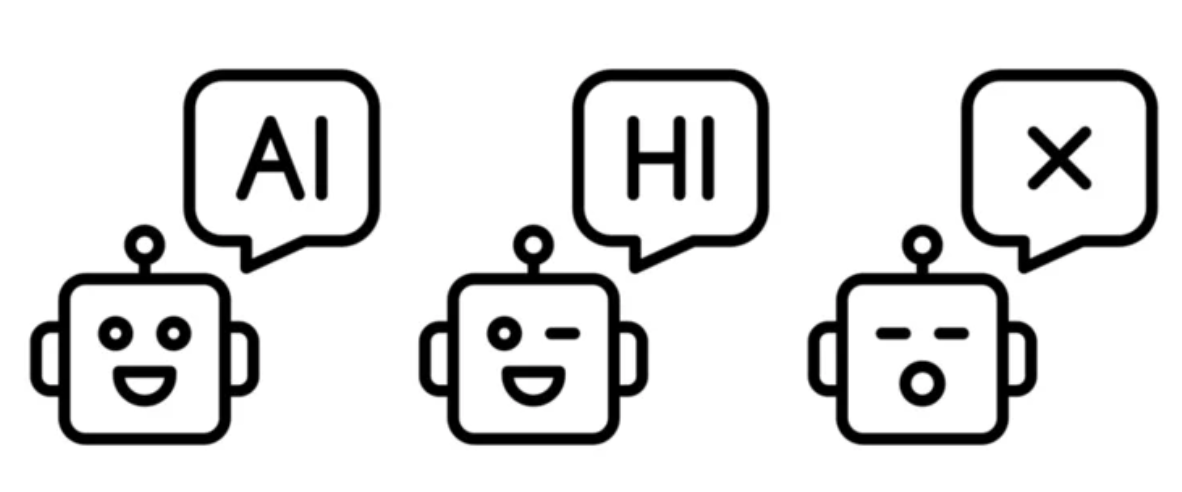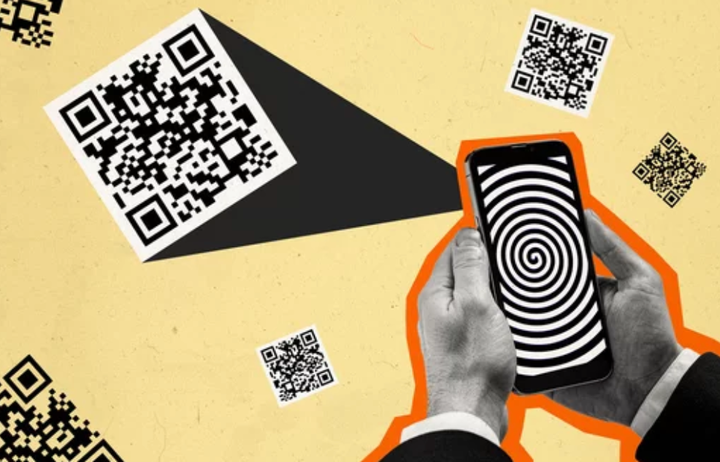The Ethics of Bot Detection: Privacy vs. Security Concerns
Chatbots aren’t just helpers, though—they’re also sometimes used for harmful purposes like spamming or launching Distributed Denial of Service (DDoS) attacks. They’re especially relevant in many aspects of society's cyber lives, where they bring both help and ethical questions.

With technology moving fast, chatbots are now key players across sectors—from businesses and government to non-profits.
Bots aren’t just helpers, though—they’re also sometimes used for harmful purposes like spamming or launching Distributed Denial of Service (DDoS) attacks. They’re especially relevant in many aspects of society's cyber lives, where they bring both help and solutions.
But they also come with risks, especially for vulnerable people, sparking concerns about privacy, transparency, and responsibility.
How organisations handle these issues can impact their reputation, especially as these bots continue to get more advanced.
This mix of positive and potentially negative uses shows why strong bot detection is critical, but it also needs to respect user privacy. Finding that balance will only become more important as these bot detections grow more capable.
So, in this article, we will tackle the underlying question of how ethical bot detection is today.
What is bot detection?
Bot detection is all about telling real users apart from automated bots on sites and apps. Bots are software that can run tasks on their own, but sometimes they’re up to no good. Basic tools like CAPTCHA were a start, but they don’t cut it against today’s more advanced bots.
That’s why new detection methods are using machine learning to build behaviour models that keep up as bots get smarter, flagging anything that seems off.
As detection tech levels up, bots are evolving, too—they’re getting better at acting like people, learning on their own, and adapting to new situations thanks to AI and machine learning.
What are the security imperatives of bot detection?
Believe it or not, bot detection is a big deal in the digital world—it helps stop fraud, protects user data, and keeps key systems safe.
Bots are often used in cyberattacks, like credential stuffing, click fraud, and data scraping, which can cause real damage by exploiting weak spots.
For example, bots in a Distributed Denial of Service (DDoS) attack can overwhelm a system, causing major outages and costing money. Without strong bot detection, these threats can spiral out of control, leading to data breaches and hitting reputations hard.
That’s why businesses are doubling down on security measures to stay a step ahead, constantly improving bot detection tech to handle the latest cyber risks.
Ethical & Privacy Concerns in Bot Detection
Bot detection is all about collecting different types of data—like IP addresses, behavioural patterns, and device info—to catch suspicious activity and tell real people apart from bots. While this data is crucial for online safety, it also raises some big privacy concerns.
When companies keep a close eye on user behaviour, it can feel pretty intrusive (obviously), especially since many folks don’t realise how much tracking is happening on their devices and the apps they use.
It’s a tricky situation; if businesses gather and store user data without clear consent, it can lead to ethical dilemmas and might even violate privacy rights.
That’s why it’s super important for organisations to find the right balance between keeping things secure and respecting user privacy. They need to be responsible and transparent about what data they’re collecting and how they plan to use it. If users know what’s going on, they’re more likely to trust the system.
At the end of the day, effective bot detection shouldn’t come at the cost of user privacy. Companies should be upfront about their monitoring practices and take steps to protect user data, like anonymizing it or only keeping what’s absolutely necessary. By doing this, they can create a safer online environment while also maintaining the trust of their users.

Navigating Privacy vs. Security
Finding the right balance between privacy and security is tricky, especially when it comes to bot detection. Sure, keeping platforms safe from bad actors is super important, but we can’t overlook the need to protect user privacy, either.
The Case for User Consent
Being upfront about data collection is key. Users deserve to know exactly what data is being collected and why. It’s crucial to get clear consent and give people the option to opt out whenever possible.
This not only respects their privacy but also builds trust between users and organisations.
Data Minimisation
A smart approach to data management means only collecting what’s necessary for bot detection. Finding ways to anonymize or limit the amount of data gathered helps keep privacy intact without compromising security.
Techniques like aggregating data or using non-identifiable markers can make a big difference.
Transparency and Accountability
Companies should be open about their bot detection practices, including how long they keep data and why they’re collecting it. Having accountability measures in place is vital to prevent misuse of these systems.
Regular audits and independent oversight can help ensure everything stays ethical and doesn’t infringe on users’ rights.

Ethical Challenges in Bot Detection
When it comes to bot detection, there are some tricky ethical challenges to tackle. One big issue is bias in algorithms.
Sometimes, these algorithms can unintentionally profile or discriminate against certain groups because they rely on specific data points. This raises questions about how fair and unbiased these systems really are.
Then there’s the impact on user experience. If bot detection systems are too aggressive, they can wrongly flag real users as bad actors, which is super frustrating for those just trying to use the platform.
Another layer of complexity is the lack of legal frameworks. There are still gaps in the laws around bot detection and privacy rights, leaving a lot of unanswered questions and not enough protections in place.
Balancing Act: Practical Solutions
To tackle these challenges, here are some practical solutions.
First off, we should focus on privacy-by-design in our bot detection tools. This means building systems that put user privacy front and centre right from the start.
Next, we can look at using behavioural vs. identification-based methods. Striking a balance between less intrusive behavioural analysis and more invasive identification techniques can help us respect user privacy while still keeping things secure.
It's also important to finally note and stay on top of regulatory compliance and industry standards.
Following privacy regulations like GDPR and CCPA, along with industry best practices, helps ensure that our bot detection methods are ethical, uphold user rights, and build trust.
The Future of Bot Detection and Privacy
Looking ahead, the future of bot detection is pretty exciting, especially with advancements in AI and machine learning. These technologies offer a chance to create systems that can effectively spot bad bots while keeping user privacy intact.
One cool idea is using decentralised and user-controlled data, which puts people in charge of their own information.
This shift can lead to more ethical bot detection practices that respect privacy rights.
Wrap Up
It’s crucial to find the right balance between security and privacy as we improve bot detection methods.
We need strong defences against malicious bots, but we also have to stay true to our privacy commitments.
This means that businesses, developers, and lawmakers need to work together to build bot detection systems that are transparent, secure, and privacy-focused.
By doing this, we can foster trust and keep all users protected.



